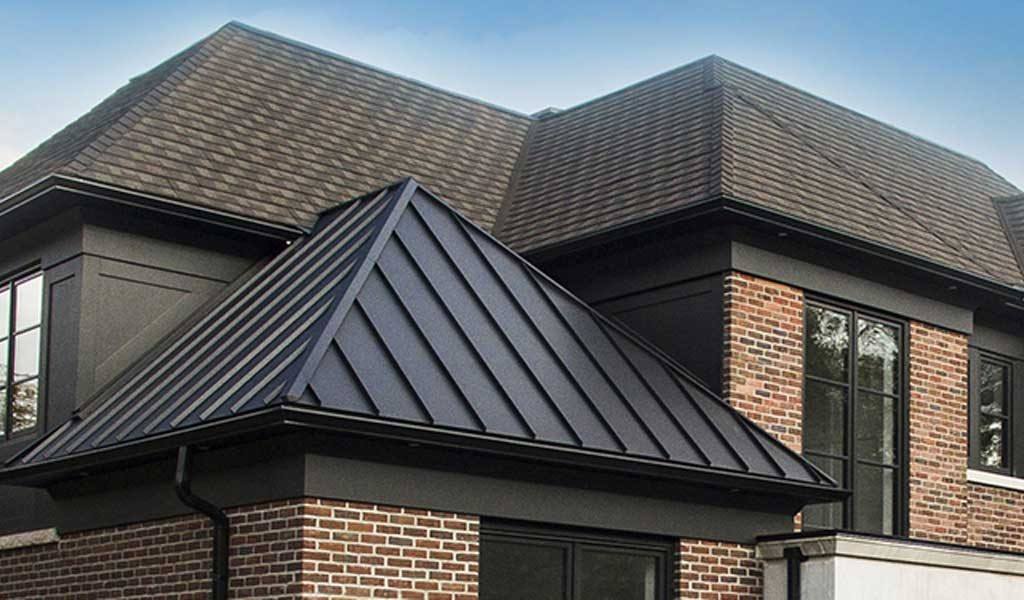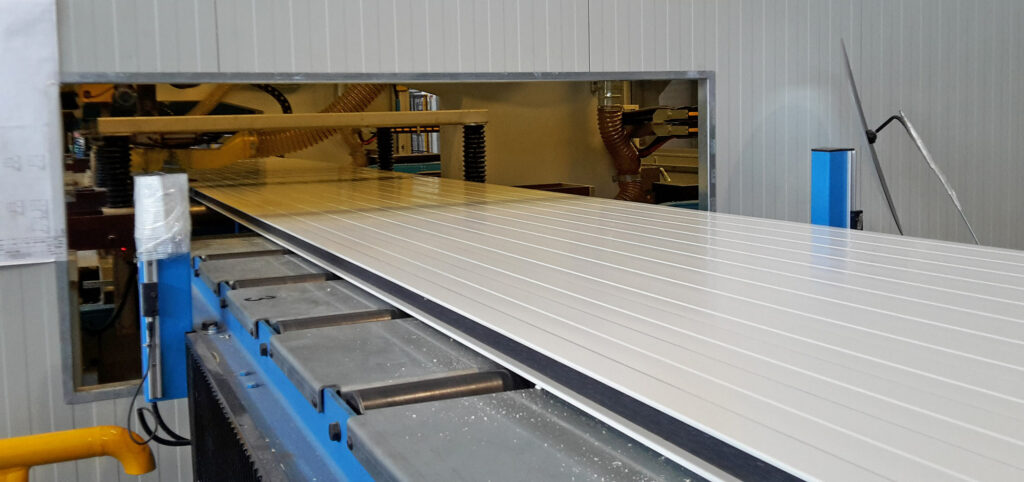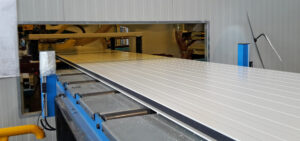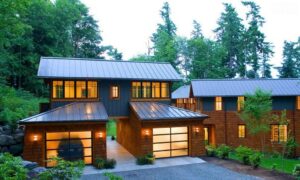 You likely haven’t put much thought into how much your roof weighs. But once you start to consider the question, it becomes obvious how important this detail really is. The roof is one of the largest features of your home. After all, it covers the entire house! Depending on the materials used in its construction, a residential roof on a 2,500-square-foot home can weigh as much as 50,000 pounds. That’s equivalent to having five full-grown African elephants up there.
You likely haven’t put much thought into how much your roof weighs. But once you start to consider the question, it becomes obvious how important this detail really is. The roof is one of the largest features of your home. After all, it covers the entire house! Depending on the materials used in its construction, a residential roof on a 2,500-square-foot home can weigh as much as 50,000 pounds. That’s equivalent to having five full-grown African elephants up there.
Weight of Metal Roofs
Luckily, roofs come in many different materials – including our favorite, metal! On top of boasting environmental sustainability and energy efficiency, metal roofs also come in at the lowest weight among all “standard” roofing materials. Did we mention they hold up better than the rest of the materials too? The average weight of 100 square feet of different metal panels is as follows:
- 45 pounds: aluminum shingles
- 80 pounds: steel shingles
- 120-150 pounds: steel standing seam
Cons of a Heavy Roof
A well-constructed home can easily support a roof weighing up to 50,000 pounds. However, the homes structural and support materials weaken over time. And if the weight of the roof is too much, the aging home is more likely to move and shift underneath it all. Extremely strong windstorms and, even worse – earthquakes, can wreak havoc with the structure of an older home. And in the event of a fire, a heavier roof is more likely to collapse and cause further damage. Now is also a good time to mention that metal roofs are also highly fire and flame resistant.
So why should you consider a light metal roof? Not only for the above benefits, but also for their durability, insulating properties, fire-resistance and their ability to keep looking great decade after decade Metal panels are a wonderful, eco-friendly, and long-lasting investment to make for your home. If you would like to learn more about your metal roofing options, contact our qualified team of professionals at 1.855.838.9393 or info@londonecometal.com.

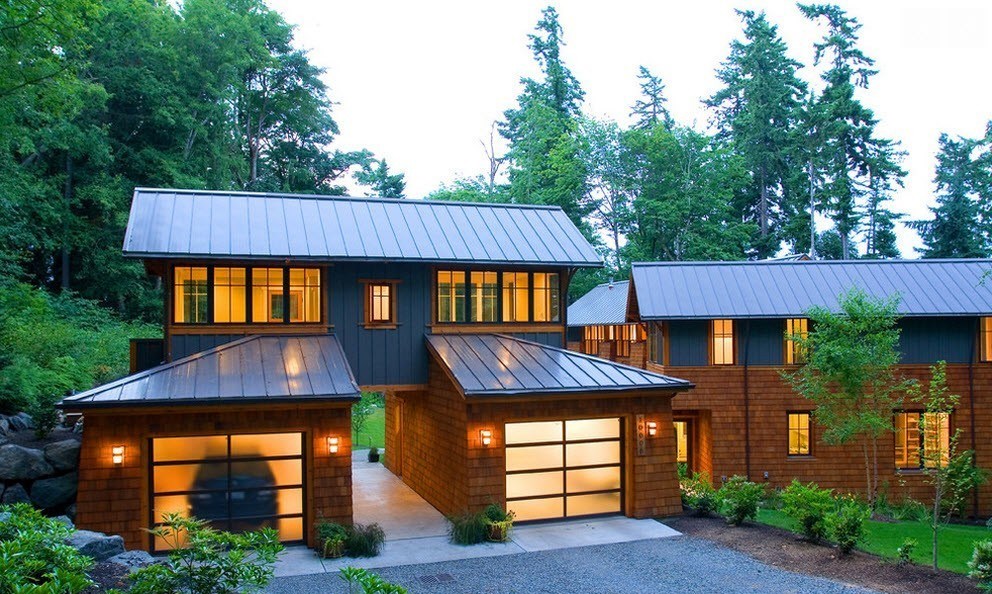
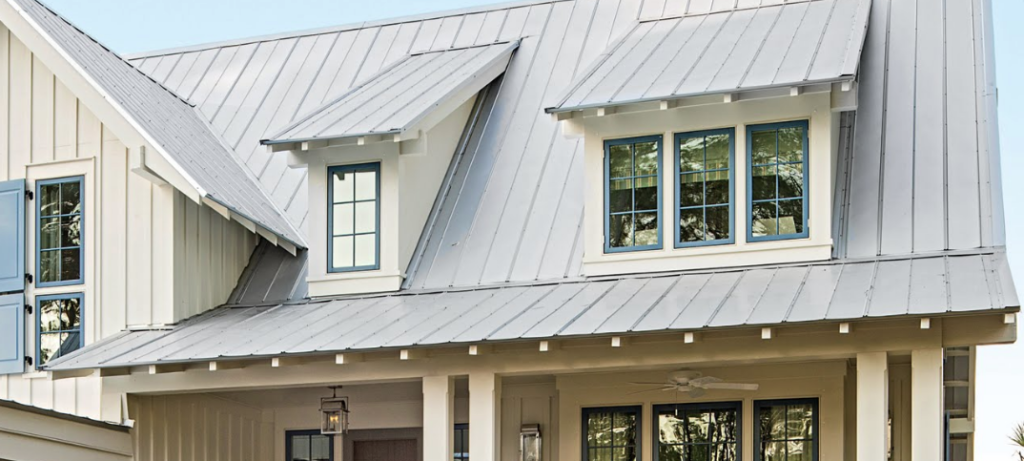
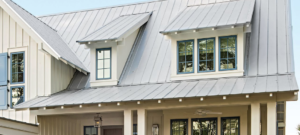 We make decisions every day that contribute to our overall carbon footprint. Reusable bags at the grocery store or declining a printed receipt are some small steps we can take. But as home or building owners, there are even bigger moves we can make that have a larger impact. One such decision is building with metal panels. Whether you plan to use these panels for side cladding or for a roof, the sustainability benefits are the same. So what is it about metal panels that make them so eco-friendly?
We make decisions every day that contribute to our overall carbon footprint. Reusable bags at the grocery store or declining a printed receipt are some small steps we can take. But as home or building owners, there are even bigger moves we can make that have a larger impact. One such decision is building with metal panels. Whether you plan to use these panels for side cladding or for a roof, the sustainability benefits are the same. So what is it about metal panels that make them so eco-friendly? 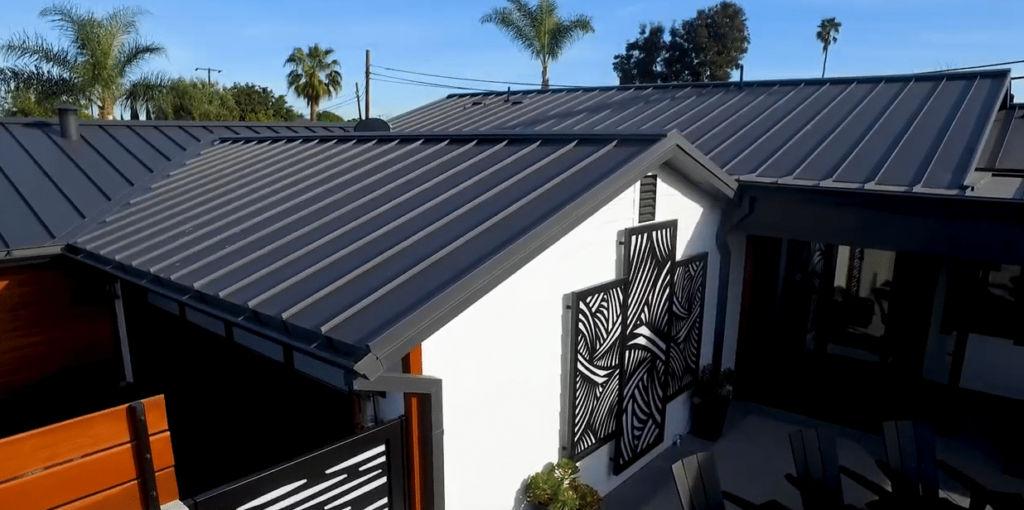
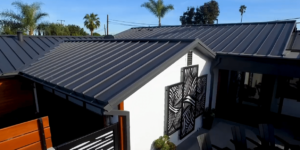 If you are considering making the
If you are considering making the 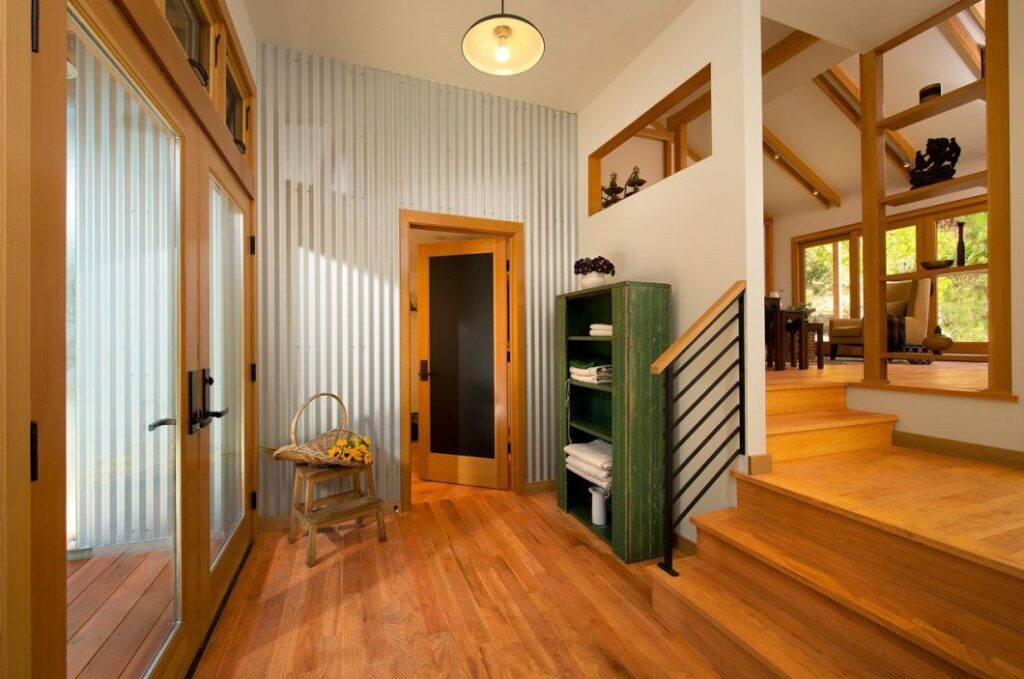
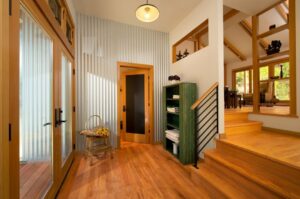 Utilizing metal panels within building projects has become one of the most innovative developments within the construction industry. Used as interior cladding, exterior roofing, inner-room partitions – you name it! These wall panels combine durability with versatility; reducing overall construction time,
Utilizing metal panels within building projects has become one of the most innovative developments within the construction industry. Used as interior cladding, exterior roofing, inner-room partitions – you name it! These wall panels combine durability with versatility; reducing overall construction time, 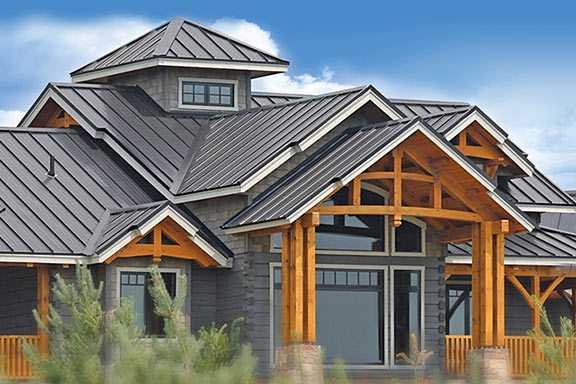
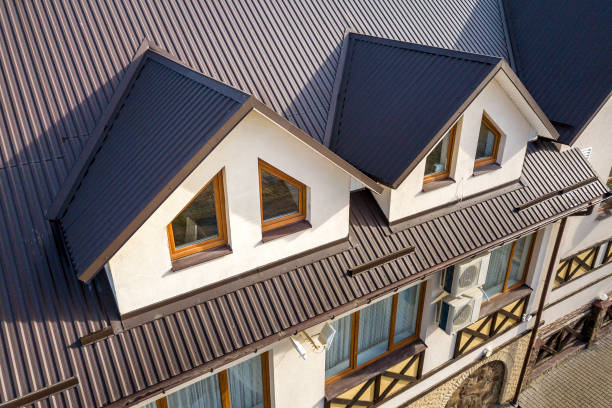
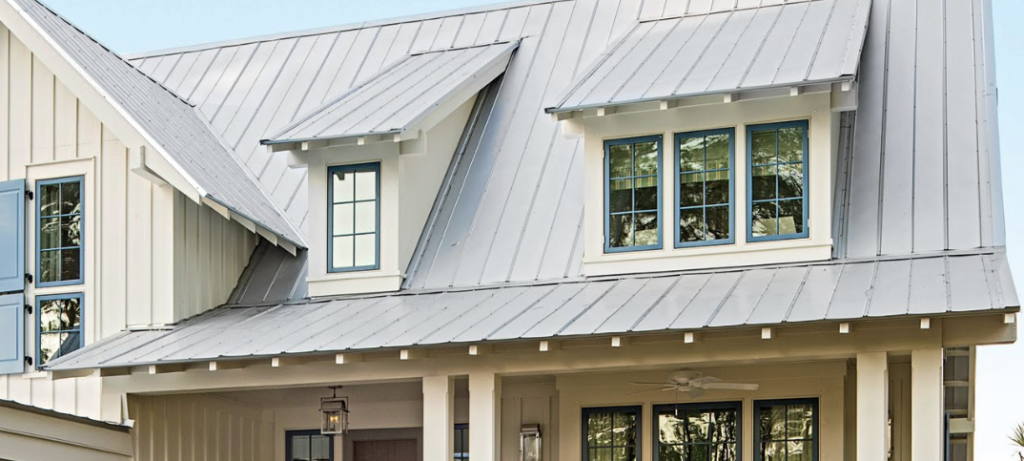
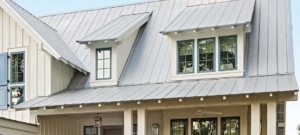 Your roof does so much more than protect your home from the elements. Your roof is the cherry on top, the final piece of the puzzle, and the detail that can make or break your home. While you are familiar with the varying colors, textures, and finishes available for your overall roofing structure, the trim may have escaped your mind. Don’t forget about the gables and eaves either! These smaller, but still pertinent details, play a major role in how your home looks. If you want your home to look its best, keep these factors in mind when selecting trim for your metal roof.
Your roof does so much more than protect your home from the elements. Your roof is the cherry on top, the final piece of the puzzle, and the detail that can make or break your home. While you are familiar with the varying colors, textures, and finishes available for your overall roofing structure, the trim may have escaped your mind. Don’t forget about the gables and eaves either! These smaller, but still pertinent details, play a major role in how your home looks. If you want your home to look its best, keep these factors in mind when selecting trim for your metal roof.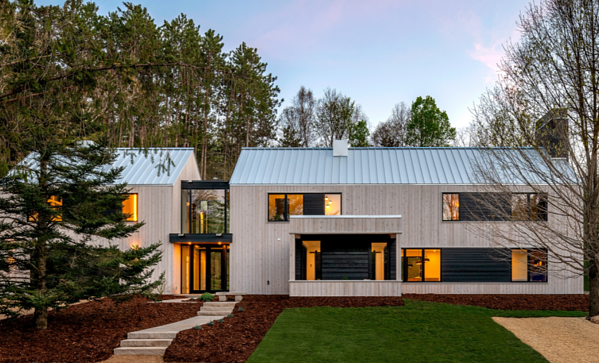
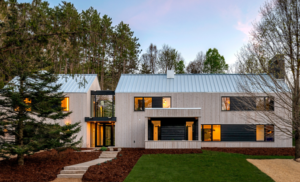 Not only does a metal roof transform your home aesthetically, but provides a host of other benefits incomparable to other roofing materials. Metal roofs are environmentally friendly, low maintenance, light weight, protective, durable, and versatile. But if you are looking for that unique detail that will truly set your home apart – metal roofs are the clear choice. What are some of the many aesthetic benefits of metal roofing?
Not only does a metal roof transform your home aesthetically, but provides a host of other benefits incomparable to other roofing materials. Metal roofs are environmentally friendly, low maintenance, light weight, protective, durable, and versatile. But if you are looking for that unique detail that will truly set your home apart – metal roofs are the clear choice. What are some of the many aesthetic benefits of metal roofing?